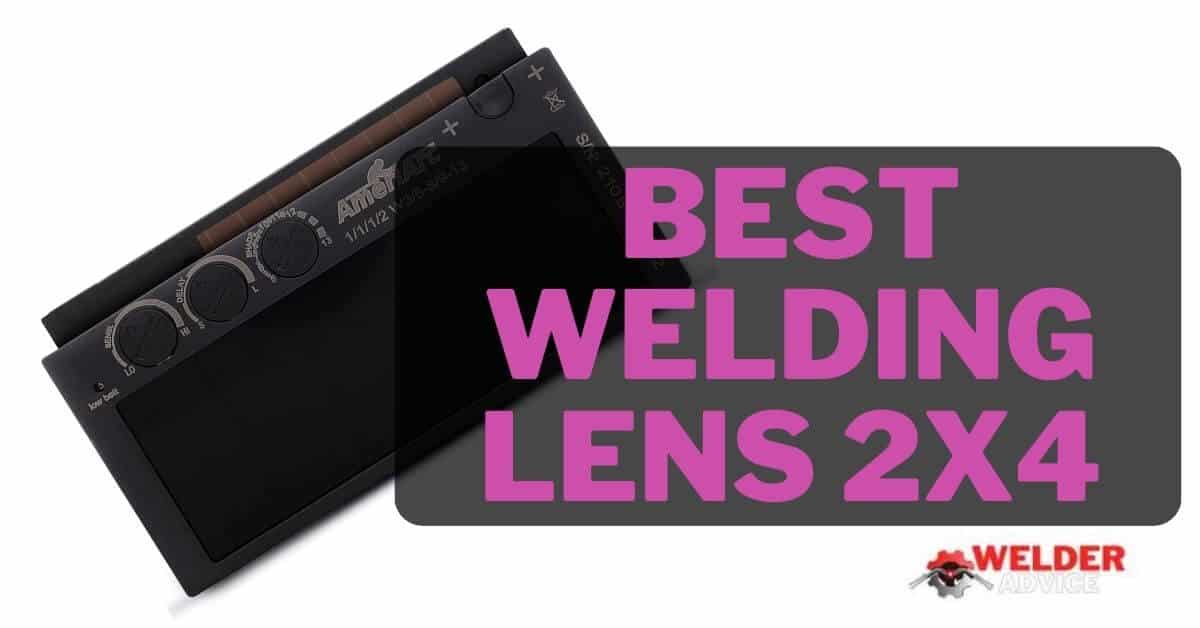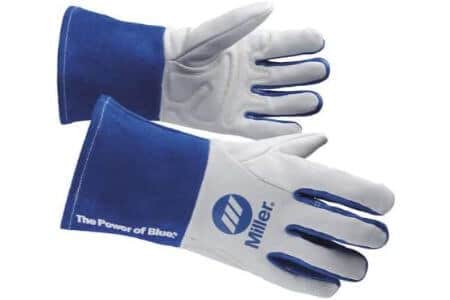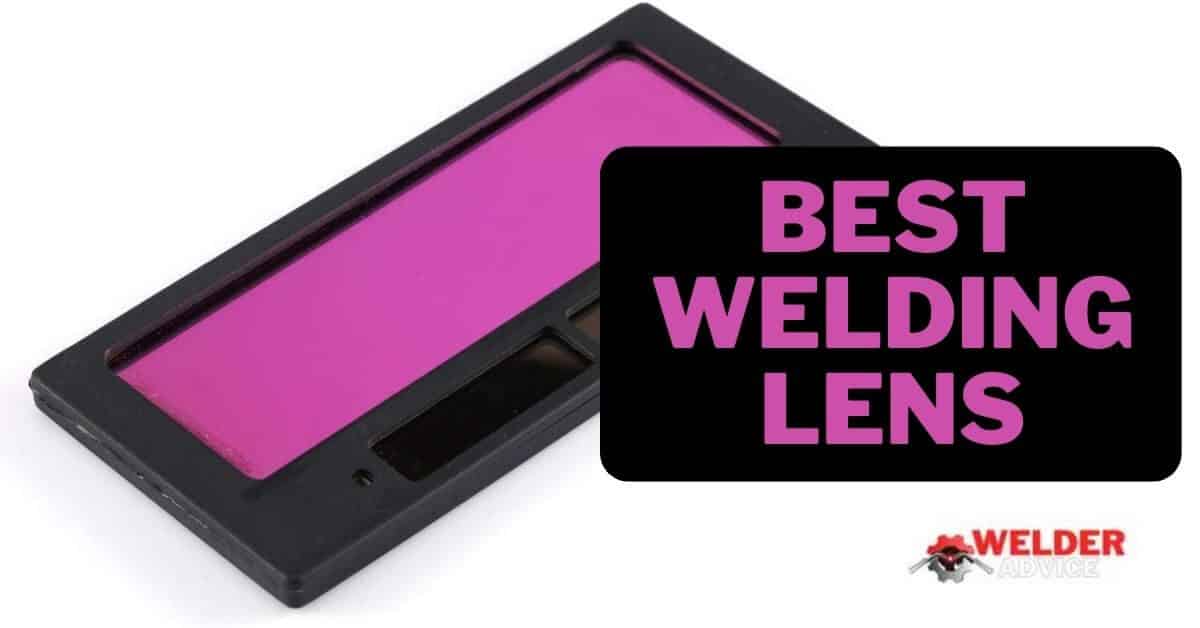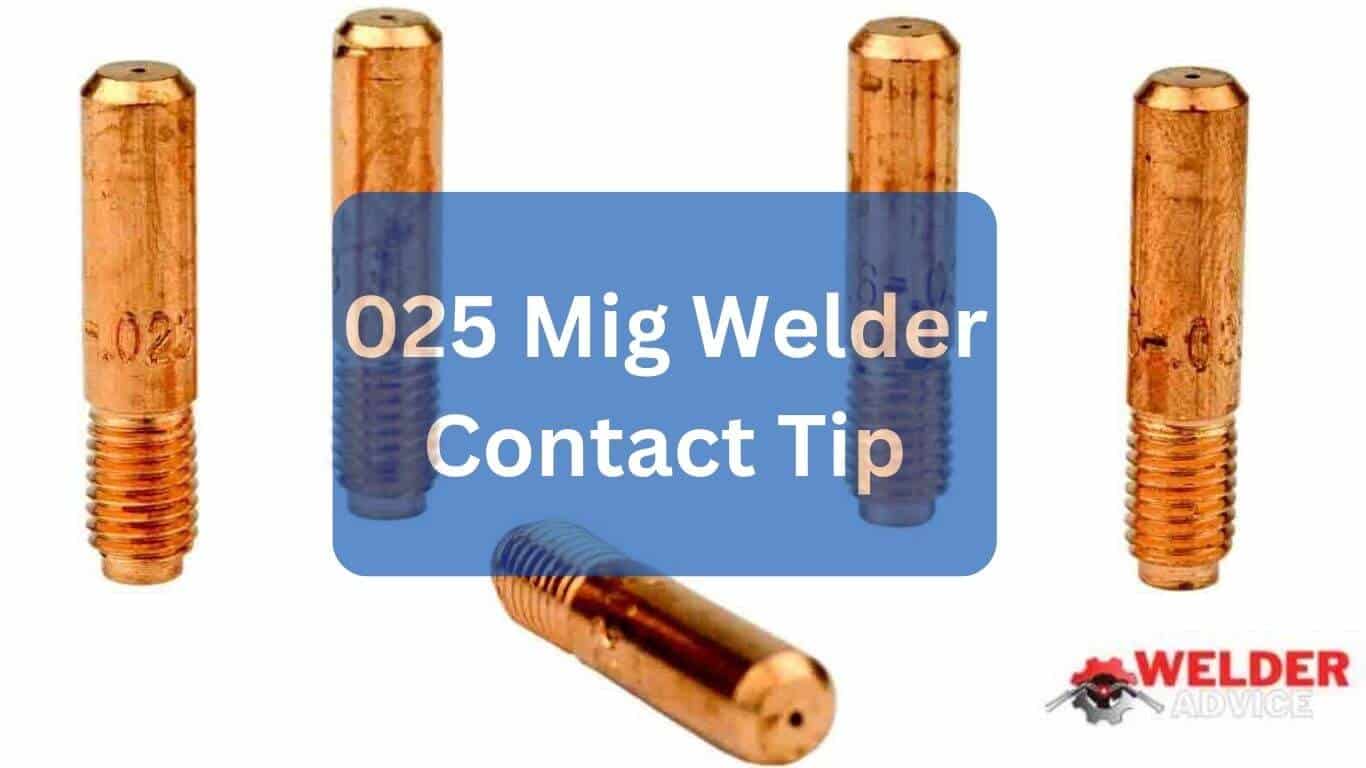If you’re a welder, you know how important it is to have the right equipment. One of the most important parts of your welding setup is the lens. With so many on the market, it can be hard to know which is the best for your needs. If you’re looking for a welding lens that can give you precise results, the 2×4 lens is a great option. In this blog post, we’ll discuss everything you need to know about the best welding lens 2×4.
- Top 4 Best Welding Lens 2×4 Review
- 2×4 Auto-Darkening Welding Helmet Lens Variable shade 5-13
- 2 EACH Shade 10 2×4 Welding Hood Lens
- Lincoln Electric 2X4C Welding Lens
- Techniweld Seer Solar Auto Welding Lens 2×4
- Usage of Welding Lens 2×4
- Different types of 2×4 Welding Lens
- Protection Provided by the Lens
- Filter Lens Shade Number
- Popular Brands of 2×4 Welding Lens
- Key Features to Look For When Selecting The Best Welding Lens For a 2×4
- What is a Welding Lens Shade Level?
- How Does The Shade Level of a Welding Lens Effect The Quality of The Weld?
- What Shade Level is Best For a 2×4 Welding Lens?
- Safety Standards or Certifications Considered The Best For a 2×4 Mask?
- Type of welding you will be doing
- Check for ANSI Z87.1 certification
- Look for additional certifications
- Consider the lens material
- Check for compatibility with your mask
- Additional Accessories or Features That Can Enhance the Performance or Usability of a Welding Lens For a 2×4 Mask
- Conclusion
Top 4 Best Welding Lens 2×4 Review
Welding is one of the riskiest jobs in the industrial and construction sector. It can potentially damage your eyesight without proper protection. Welding helmets are one of the essential accessories for welders, and it comes with various types of lenses, including auto-darkening lenses. But choosing the right welding lens can be a daunting and challenging task for beginners. Let’s review the top 10 best welding lenses for 2×4 helmets to make your selection process easier.
2×4 Auto-Darkening Welding Helmet Lens Variable shade 5-13
- Variable Shade 5-13. Standard 2" X 4" lens suits most pipeline helmets and many "Pancake" welding shields.
- Cool blue tint. Welding helmet lenses are filtered to enhance visibility and protect against retina burns and vision loss induced by UV and infrared light.
- No! orange or green tones. Infrared and UV-sensitive lenses automatically dim when they are exposed to these wavelengths.
- AmeriArc Lenses protect the eyes and keep the headgear free from air and contaminants.
- Lens covers protect the front of the lens. The covers are removed and replaced whenever the clarity of the lens is impaired. The lenses are held in place by plates.
The Variable Shade 5-13 lens with a standard 2″ x 4″ size is a great option for most pipeline helmets and “Pancake” welding shields.
One of the standout features of this lens is its cool blue tint, which enhances visibility and reduces eye strain during welding. Additionally, the lens is filtered to protect against retina burns and vision loss caused by UV and infrared light. It’s reassuring to know that the lens is sensitive to these wavelengths and will automatically dim to protect my eyes from harm.
Another benefit of using the AmeriArc lens is that it helps to keep my headgear free from air and contaminants. The lens covers are a helpful feature that allows me to easily remove and replace them whenever the clarity of the lens becomes impaired. The lens is held in place by plates, ensuring a secure fit and maximum protection.
Highly recommend the Variable Shade 5-13 lens to any welder looking for a reliable, high-quality option to protect their eyes and maintain visibility while welding. Its many features, including the cool blue tint and automatic dimming, make it a top choice in the market.
Key Features
- Standard 2″ x 4″ size
- Cool blue tint
- Filtered protection against retina burns
- Vision loss caused by UV and infrared light
- Automatic dimming
- Helps to keep headgear free from air and contaminants
- Lens covers that are easily removable
- Secure fit and maximum protection
Pros & Cons
Pros:
- Cool blue tint
- Protection against retina
- Automatic dimming
- Compatible with most pipeline helmets and “Pancake” welding shields
- Helps to keep headgear free from air and contaminants
Cons:
- None mentioned in the given text
2 EACH Shade 10 2×4 Welding Hood Lens
- 2 EACH
- Shade 10 GLASS Gold Filter Plate
- 2" x 4.25" (51mm x 108mm)
- Fits all welding helmets and goggles that accept this size
One of the options I recently tried is the Shade 10 GLASS Gold Filter Plate. Which measures 2″ x 4.25″ (51mm x 108mm) and fits all welding helmets and goggles that accept this size.
One of the first things I noticed about this filter plate is its impressive durability. Made of high-quality glass, it can withstand the high temperatures and rough conditions of welding without cracking or breaking. Additionally, the gold color of the filter plate provides excellent clarity, allowing me to see my work with precision and accuracy.
Another benefit of using the Shade 10 GLASS Gold Filter Plate is that it fits easily into all welding helmets and goggles that accept this size. This means that I can use it with my existing gear without any need for modifications or additional equipment.
Its compatibility with all helmets and goggles of this size makes it a versatile option, and its durability ensures that it will last through many welding projects to come.
Key Features
- Durable filter plate
- The gold color
- Fits easily into all welding helmets
Pros & Cons
Pros:
- Withstand the high temperatures and rough conditions
- Excellent clarity
- Versatile option.
Cons:
- The gold color may not be suitable for all welding projects
Lincoln Electric 2X4C Welding Lens
- Premium Optics – The 1840 Series welding helmets feature the exclusive 4C lens technology, which creates a crystal clear, true color view of the arc and puddle. This enhances your control and increases weld quality, while reducing eye strain. Additionally, the 1840 Series lens has a 1/1/1/1 optical clarity rating, which showcases the absence of common lens imperfections, such as blurriness and distortion, while also providing consistent brightness and performance at an angle.
- Compatibility and Durability – Cartridge dimensions allow for compatibility with most pipeline and pancake style helmets, and can also be used with a cheater lens on certain style helmets. A durable, high-temperature housing reduces lens failures due to heat exposure.
- Long Service Life – Replaceable batteries can extend the overall usage life of the lens cartridge, and the lens itself is solar rechargeable, utilizing light to lengthen battery life. When the batteries reach the end of their life, a low battery LED conveniently indicates battery life status.
- 2 Year Warranty – Comes with a hassle-free 2 year warranty from date of purchase to protect your investment
One of the standout features of this helmet is the exclusive 4C lens technology. The 4C lens technology creates a crystal-clear, true-color view of the arc and puddle. This enhanced clarity improves your control and increases the quality of your welds. It also reduces eye strain, which is especially important for welders who spend long hours working with bright and intense light sources.
Additionally, the 1840 Series lens has a 1/1/1/1 optical clarity rating, which means it is free from common lens imperfections such as blurriness and distortion. This lens provides consistent brightness and performance even when viewed at an angle, which is essential for achieving accurate welds.
Another impressive feature of the 1840 Series welding helmet is its compatibility and durability. The cartridge dimensions of the lens allow for compatibility with most pipeline and pancake-style helmets. It can also be used with a cheater lens on certain style helmets, which is helpful for welders who need extra magnification. The durable, high-temperature housing reduces lens failures due to heat exposure, ensuring that this helmet can withstand the toughest welding conditions.
The 1840 Series welding helmet also has a long service life, thanks to its replaceable batteries and solar rechargeable lens. The replaceable batteries can extend the overall usage life of the lens cartridge, while the solar rechargeable lens uses light to lengthen battery life. When the batteries reach the end of their life, a low battery LED conveniently indicates the battery life status. These features make the 1840 Series welding helmet a reliable and cost-effective choice for welders.
Finally, the 1840 Series welding helmet comes with a hassle-free 2-year warranty from the date of purchase, which protects your investment and gives you peace of mind.
Key Features
- 4C Lens Technology
- 1/1/1/1 Optical Clarity Rating
- Compatibility and Durability
- Long Service Life
- 2-Year Warranty
Pros & Cons
Pros:
- Excellent clarity and true color view
- High-quality optical clarity
- Compatible with most pipeline and pancake-style helmets
- Durable
- Replaceable batteries and solar rechargeable lens
Cons:
- The price point may be higher
Techniweld Seer Solar Auto Welding Lens 2×4
- Techniweld Solar auto welding lens 2x4 shades available 9, 10, 11, or 12 shade 3 Off
- Clear blue technology, incredible clarity - see what you have never seen before!
- Enhanced definition, reduced eye and neck fatigue
- 2 independent arc sensors - auto on/off circuitry - eqc quick change - inner and outer lenses included
Techniweld Solar auto welding lens is available in 2×4 shades with options ranging from 9 to 12. After extensive use, I can confidently say that this lens is an excellent choice for welders who require clarity, definition, and reduced fatigue.
One of the most impressive features of the Techniweld Solar auto-welding lens is its Clear blue technology, which provides incredible clarity. The lens allows welders to see what they have never seen before, providing enhanced definition and increased precision in their work. This level of clarity is especially important when working on intricate projects that require a high degree of precision.
Additionally, the enhanced definition and clarity help to reduce eye and neck fatigue, allowing welders to work longer without experiencing discomfort. Another notable feature of the Techniweld Solar auto-welding lens is its 2 independent arc sensors and auto on/off circuitry.
These features help to ensure that the lens responds quickly to changes in light and dark, providing a seamless transition from one condition to another. The EQC quick change feature also makes it easy to switch out lenses quickly and efficiently, which is especially helpful when working on multiple projects with different requirements. Additionally, the inner and outer lenses are included, so welders can use the lens right out of the box.
Key Features
- Clear blue technology
- 2×4 shades available
- 2 independent arc sensors
- Auto on/off circuitry
- EQC quick change
- Inner and outer lenses included
- Enhanced definition
- Reduced fatigue
- Solar rechargeable
Pros & Cons
Pros:
- Excellent clarity and enhanced definition
- EQC quick change
- Inner and outer lenses
- Precision in intricate projects.
- The solar rechargeable
Cons:
- Limited shade options
Usage of Welding Lens 2×4
Before we get into which is the best welding lens, let’s talk about what a 2×4 lens actually is. The 2×4 name represents the size of the lens, which is two inches by four inches. It’s a smaller lens, but it’s not too small that it’s difficult to use. Professionals also use this lens for TIG welding, which requires a clear and concise view of welding.
Different types of 2×4 Welding Lens
There are two main types of 2×4 welding lenses: auto-darkening and passive lenses.
- Passive lenses are the traditional type of lens that requires you to manually adjust the lens to the correct shade.
- Auto-darkening lenses, on the other hand, darken the lens automatically for you. They can detect the light emitted from the welding arc and adapt accordingly.
Both types of lenses come with different shading options, so you can find the one that best suits your needs.
Protection Provided by the Lens
One of the most important things to consider when choosing a lens is protection. Welding can be dangerous if you don’t have the right protection, and a welding lens is no exception. A 2×4 welding lens will protect your eyes from the UV and IR radiation produced by welding. Additionally, it will protect you from flying debris or sparks that can damage your eyes.
Filter Lens Shade Number
The filter lens shade number will be written on the lens itself. It’s an important factor to consider when selecting a lens. Different types of welding need different levels of shading. For example, MIG welding requires a shade of 10, while TIG welding needs a shade of 8. If you’re unsure of what shade number you need, consult an expert or refer to the manufacturer’s recommendations.
Popular Brands of 2×4 Welding Lens
Finally, let’s talk about some of the most popular brands of 2×4 welding lenses. There are many brands on the market, but some of the most trusted names are Miller, Lincoln Electric, and Jackson Safety. Each of these brands offers a range of lenses with different levels of shading, so you can find the perfect one for your needs.
Key Features to Look For When Selecting The Best Welding Lens For a 2×4
One of the most important pieces of equipment for a welder is the welding lens. It is important to select the best welding lens for a 2×4 mask to ensure that the welder can see clearly and work safely. Let’s discuss some of the key features to look for when selecting the best welding lens for a 2×4.
Determine the Shade Level
The first thing to consider when selecting a welding lens is the shade level. The shade level is the level of darkness of the lens, and it is measured on a scale from 1 to 14. The shade level required depends on the type of welding being performed. For example, MIG welding typically requires a shade level of 10, while TIG welding requires a shade level of 8-13. It is important to select a welding lens with the appropriate shade level to ensure that the welder can see clearly and work safely.
Look for Clear Visibility
Another important feature to look for when selecting a welding lens is clear visibility. The lens should provide a clear view of the work area and the welding arc. This is important for accuracy and safety. The lens should also provide a clear view of the workpiece, so the welder can see where to apply the weld.
Check for Durability
The third feature to consider when selecting a welding lens is durability. The lens should be made of high-quality materials that can withstand the rigors of welding. It should be scratch-resistant and impact-resistant. The lens should also be able to withstand extreme temperatures without cracking or melting.
Look for Comfort
Comfort is also an important consideration when selecting a welding lens. The lens should be lightweight and comfortable to wear for long periods of time. It should also be easy to adjust and fit securely on the mask.
What is a Welding Lens Shade Level?
A welding lens shade level is the level of darkness of the lens on a welding helmet. The shade level of a welding lens can range from 3 to 14, with 3 being the lightest and 14 being the darkest. The higher the shade level, the darker the lens, which means that less light will pass through the lens to the welder’s eyes.
How Does The Shade Level of a Welding Lens Effect The Quality of The Weld?
The shade level of a welding lens can significantly impact the quality of the weld. If the lens is too light, the welder’s eyes may become fatigued or even damaged by the intense light emitted during the welding process. On the other hand, if the lens is too dark, it can be challenging to see the welding area clearly, which can lead to mistakes and poor-quality welds.
For example, if a welder uses a lens with a shade level that is too light, they may not be able to see the welding area clearly, which can cause them to make mistakes or miss important details. This can result in a weld that is weak or incomplete, which can compromise the integrity of the structure being welded.
On the other hand, if a welder uses a lens with a shade level that is too dark, they may not be able to see the welding area clearly. This can result in a weld that is too deep or too shallow, which can also compromise the integrity of the structure being welded. Additionally, a lens that is too dark can cause eye strain or fatigue, which can lead to mistakes or accidents.
What Shade Level is Best For a 2×4 Welding Lens?
A 2×4 welding lens is a standard size for many welding helmets, and the shade level that is best for this lens depends on the type of welding being performed. Generally, a shade level of 10 is suitable for most welding applications. However, if the welding process involves a lot of heat or light, a higher shade level may be necessary.
For example, if a welder is working with a high-amperage welding process, such as TIG welding, they may need to use a shade level of 12 or higher. This is because TIG welding produces a lot of heat and light, which can be harmful to the welder’s eyes if the lens is not dark enough.
Safety Standards or Certifications Considered The Best For a 2×4 Mask?
Type of welding you will be doing
The type of welding you will be doing will determine the type of lens you need. There are different types of welding, such as TIG, MIG, and stick welding, and each requires a different lens shade. For instance, TIG welding requires a lower shade lens as it produces less light than other forms of welding.
Check for ANSI Z87.1 certification
The American National Standards Institute (ANSI) has set safety standards for personal protective equipment (PPE), including welding lenses. The ANSI Z87.1 certification ensures that the lens meets certain safety requirements, such as impact resistance, optical clarity, and UV protection.
Look for additional certifications
Apart from the ANSI Z87.1 certification, there are other certifications that a welding lens can have, such as the CE mark, which indicates that the lens meets the European Union’s safety standards. Other certifications include CSA and EN, which are specific to Canada and Europe, respectively.
Consider the lens material
The lens material is also an important factor to consider when choosing a welding lens. Most welding lenses are made of glass or polycarbonate. Glass lenses are more scratch-resistant and have better optical clarity, but they are more brittle than polycarbonate lenses. Polycarbonate lenses, on the other hand, are more impact-resistant and lightweight, but they may scratch easily.
Check for compatibility with your mask
Finally, make sure that the welding lens is compatible with your mask. A 2×4 mask is a standard size for welding helmets, but it’s important to check the lens dimensions and the mask’s lens holder to ensure a proper fit.
Additional Accessories or Features That Can Enhance the Performance or Usability of a Welding Lens For a 2×4 Mask
Welding is a tough job that requires a lot of skill, knowledge, and experience. It also requires the right equipment to ensure that you do your job well and stay safe while you’re doing it. One of the most important pieces of equipment for any welder is their welding lens.
The welding lens is what protects your eyes from the bright light and heat of the welding process, and it’s essential that you choose the right lens for your needs.
Let’s explore whether there are any additional accessories or features that can enhance the performance or usability of a welding lens for a 2×4 mask, such as adjustable sensitivity or auto-darkening capabilities.
Adjustable Sensitivity
Some welding lenses come with adjustable sensitivity settings. This allows you to adjust the level of darkness of the lens depending on the type of welding you’re doing. For example, if you’re working on a project that requires a lot of light, you can adjust the sensitivity so that the lens is less dark. This can help to reduce eye strain and fatigue.
Auto-Darkening Capability
Auto-darkening welding lenses are becoming increasingly popular. These lenses use sensors to detect when you’re starting to weld, and they automatically darken the lens to protect your eyes. When you’re finished welding, the lens returns to its normal state. This can help to reduce eye strain and fatigue, and it can also make it easier to see what you’re doing.
Magnifying Lens
Some welding lenses come with a magnifying lens that can be attached to the front of the lens. This can help to improve your visibility and make it easier to see what you’re doing.
Conclusion
The best welding lens 2×4 is the one that fits your specific needs. Whether you’re a hobbyist or a professional welder, the 2×4 lens is a great option for precise welding. Remember to consider the type of lens, the level of protection, and the shade number when selecting a lens. With the right lens and proper safety measures, you can enjoy welding safely and efficiently.








